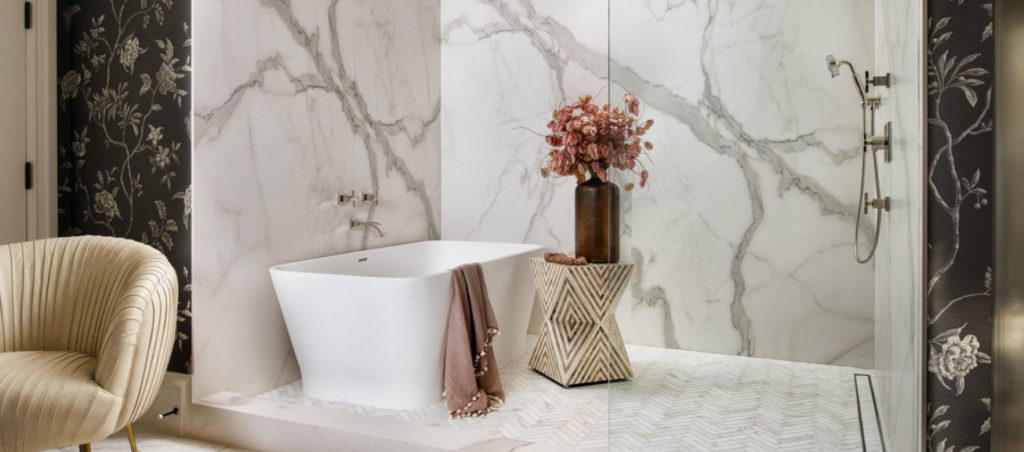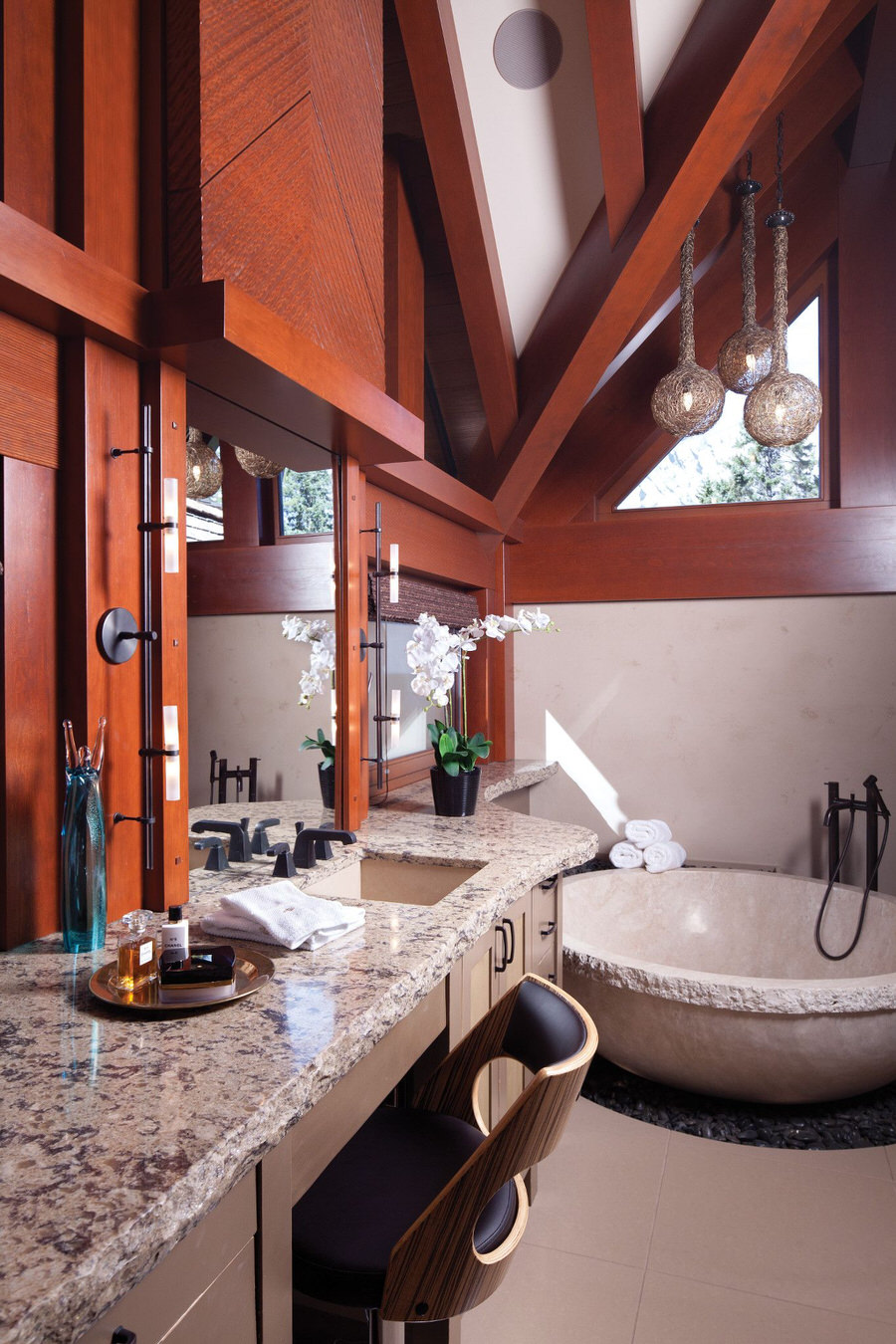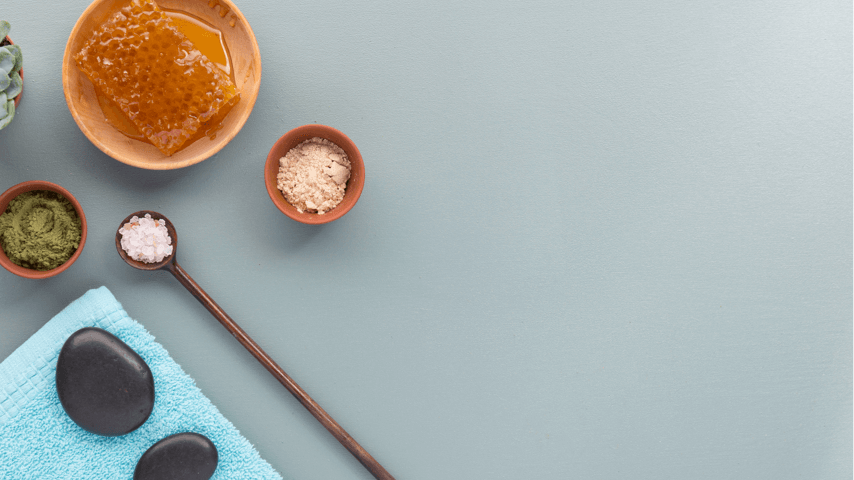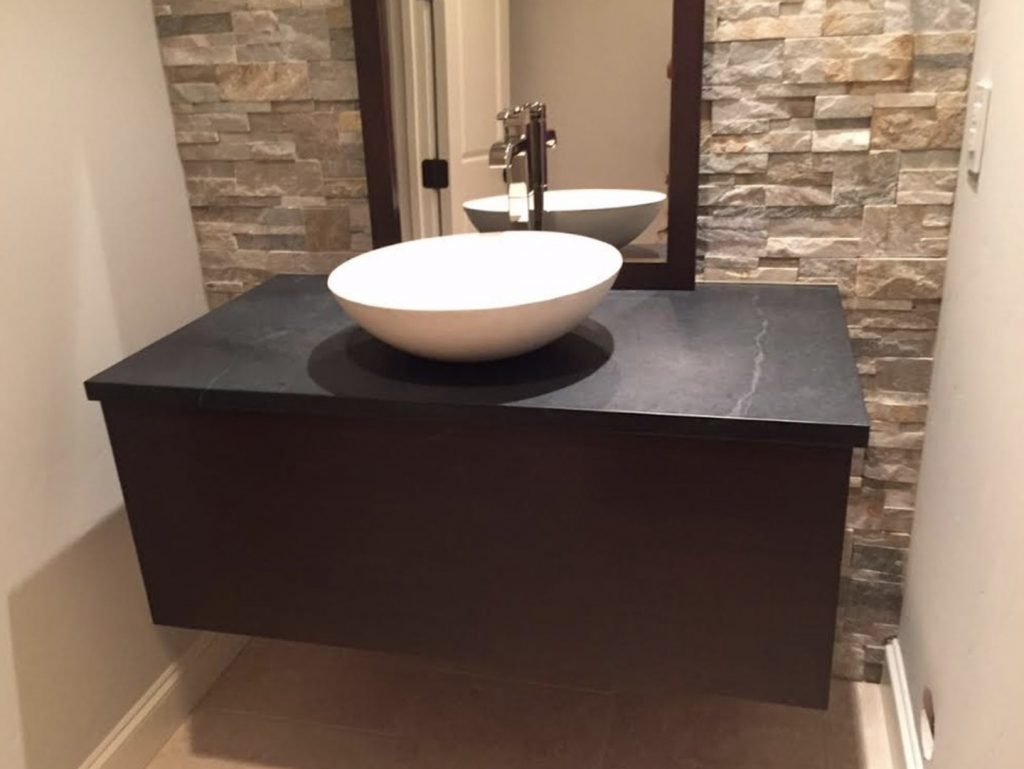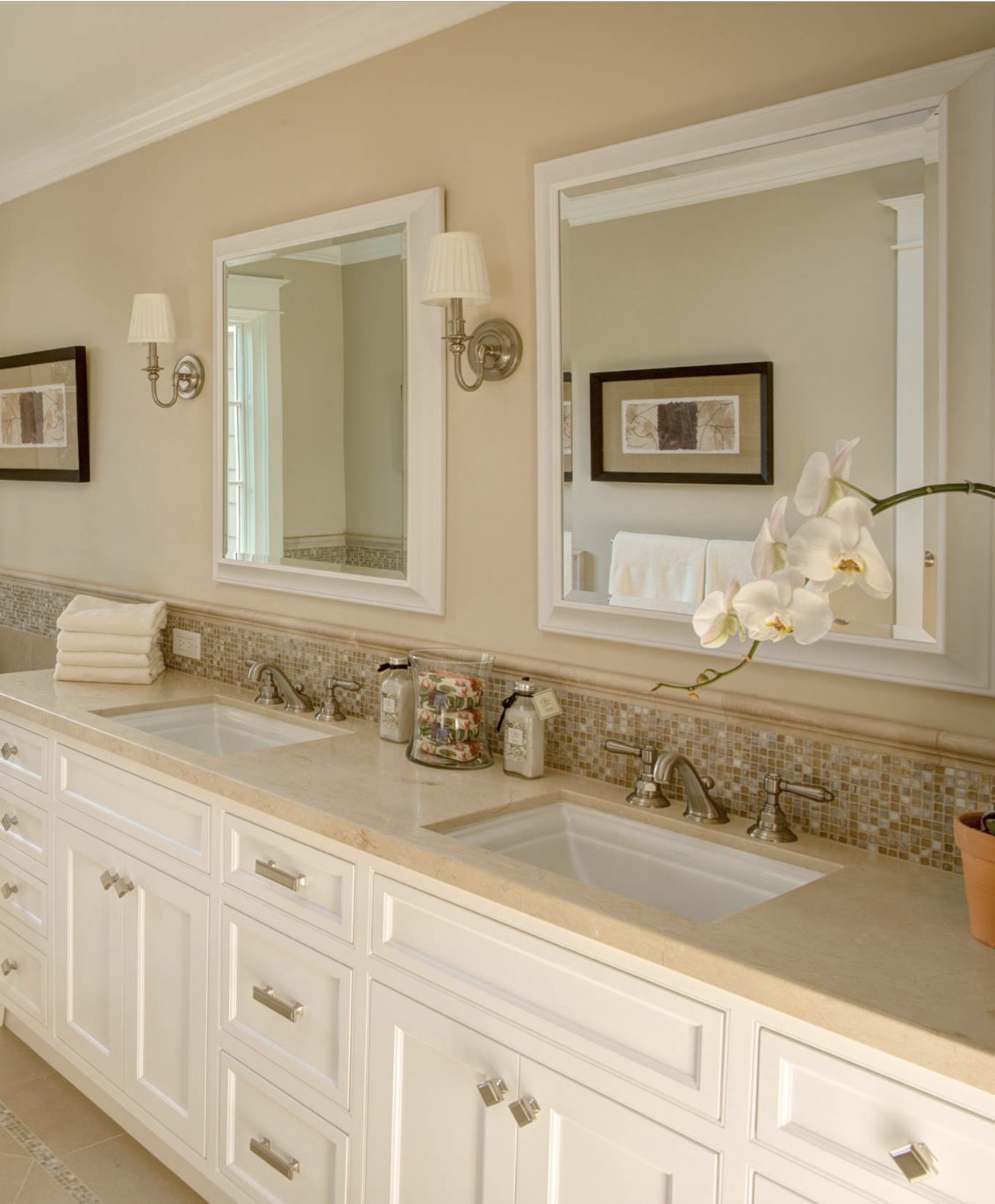Solid surface minerals are made from pulverized polyester and acrylic minerals that are bound together by a cement-based resin binder. This material is comparable to quartz but it has greater strength and more affordable.
These minerals have gradually won over the famous “cultured marble” which has dominated the bathroom countertop industry. Below are some of the important pros and cons of choosing this material.
Pros:

Compared to natural stones, this material provides a wide array of color and design options, similar to quartz. Color variety is beyond 100 options and the usual thickness of this slab is ½-inch.

Similar to other materials, you can customize the edge of this man-made mineral. You can have it mitered, stacked, bullnose, or more.

Producing this material is eco-friendly because it can utilize waste powder minerals from other mine sites or stone yards.

The strength of this material is stronger than quartz and granite.

It has enough resistance against stains, scratches, dents, and heat.

Similar to granite and quartz, this material requires less maintenance and cleaning as well.

It does not require annual sealant maintenance. Consequently, its high non-porous ability is sufficient enough to provide sanitary action.

It is a cheaper option than quartz.
Cons:

The appearance of this material still lacks the touch of nature and the amazing impression you get upon looking at the design and texture of natural stones.

Installation of this slab cannot be done using the DIY method. You need to hire a professional installer to avoid technical problems.

It cannot withstand the heat of irons and similar heated metals. It leaves a dark burnt mark on the countertop surface.
